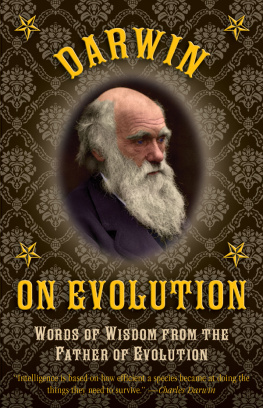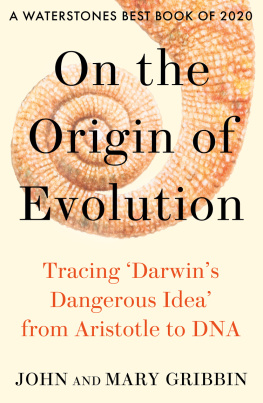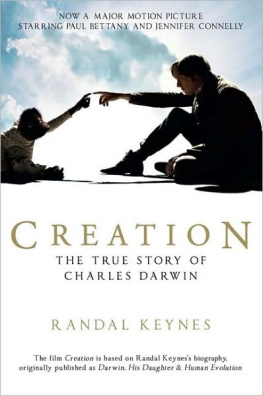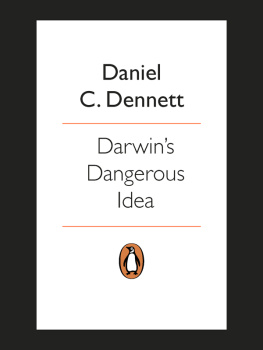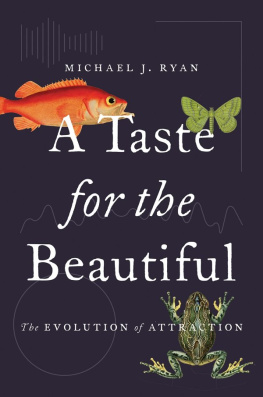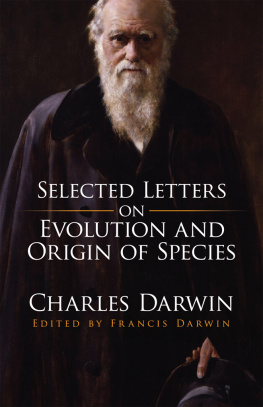Is It Painful to Think?
Hands End
Sudden Music
Blue Cliff Record
Always the Mountains
Why Birds Sing
Thousand Mile Song

Plate 1. Abbott Thayer believed even the peacocks plumage was a form of camouflage.

Plate 2. A satin bowerbirds bower.

Plate 3. A sculpture by Patrick Dougherty, Na Hale o waiawi (2003).

Plate 4. Haeckels art.

Plate 5. Haeckels science.

Plate 6. Abbott Thayers wood duck, invisible upon a pond.

Plate 7. Three WWI dazzle-painted ships, inspired by Thayers duck.

Plate 8. Hugh Cotts camouflaged potoo.

Plate 9. A giant cuttlefish invisible in shallow Australian waters.

Plate 10. Ad Reinhardt, How to Look at Modern Art in America (1946).

Plate 11. A detail from Brad Paleys conceptual map of the sciences.

Plate 12. Jane Richardsons pastel of a folded protein, the most famous example of how art has aided science (1981).

Plate 13. A detail from Evelina Domnitch and Dmitry Gelfands Camera Lucida, a chemical artwork.

Plate 14. Alexander Ross, Untitled (2009). (Courtesy of David Nolan Gallery, New York)

Plate 15. Thomas Nozkowski, Untitled 7-61 (1995). (Courtesy of Pace Wildenstein Gallery, New York)
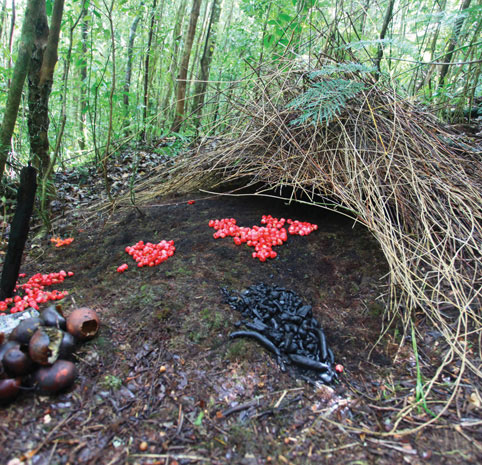
Plate 16. The elaborate artwork of a Vogelkops bowerbird.
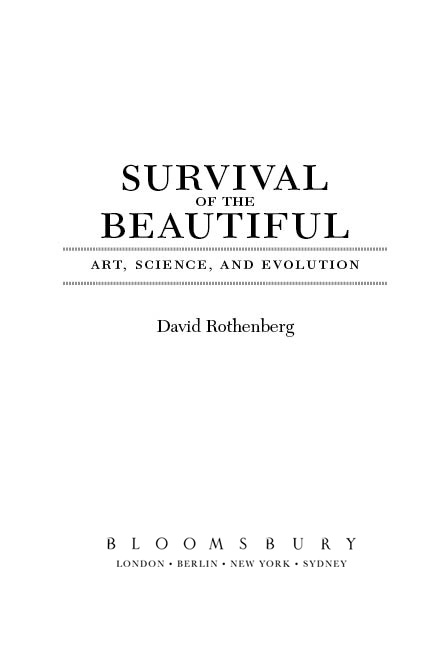
First published in Great Britain 2012
This electronic edition published in 2012 by Bloomsbury Publishing Plc
Copyright 2012 by David Rothenberg
The author has asserted his moral rights
All rights reserved. You may not copy, distribute, transmit, reproduce or otherwise make available this publication (or any part of it) in any form, or by any means (including without limitation electronic, digital, optical, mechanical, photocopying, printing, recording or otherwise), without the prior written permission of the publisher. Any person who does any unauthorised act in relation to this publication may be liable to criminal prosecution and civil claims for damages.
No part of this book may be used or reproduced in any manner whatsoever without written permission from the Publisher except in the case of brief quotations embodied in critical articles or reviews
Every reasonable effort has been made to trace copyright holders of material reproduced in this book, but if any have been inadvertently overlooked the publishers would be glad to hear from them
Bloomsbury Publishing Plc
50 Bedford Square
London WC1B 3DP
Bloomsbury Publishing, London, New York, Berlin and Sydney
A CIP catalogue record is available from the British Library
ISBN: 978 1 4088 2882 3
Visit www.bloomsbury.com to find out more about our authors and their books. You will find extracts, author interviews, author events and you can sign up for newsletters to be the first to hear about our latest releases and special offers.
For my mother,
a great artist and teacher
Contents
Male and Female Animals in Their Art Worlds
Abstraction as Measure of the Real
Camouflage Between Art and Nature
When Science Learns from Art
Art at the Edge of Human Certainty
Bushwhacking through the Australian rainforest back when I was hunting down exotic bird songs, I thought I had stumbled on the remains of a picnica pile of blue plastic spoons. Who would leave their trash in the middle of this pristine forest? I asked my guide, ornithologist Syd Curtis.
Rubbish? he laughed. What are you talking about? Thats a profound thing youre looking at right there. The oldest artwork in the world.
How do you mean?
Look right behind the spoons. Youll see whats left of a structure made of dried grasses.
I squinted. He was right, there were two walls built there, with a bit of a walkway in between. Like a country road guarded by two short parallel hedges. Who built this? I wondered.
A male satin bowerbird. Syd smiled. This creation is called his bower. Its not a nest, but an artwork he builds with the hopes he can attract a female to visit it, observe his performance in and around the bower, and if hes lucky mating just might occur!
I still didnt get it. What about the spoons?
Ah I almost forgot, said Syd. Its not enough for our boy to build a bower. He has to decorate it with something blue. Blue flowers, blue shells, the blue feathers of rollers and parakeets. Sometimes they paint the things with blue pigment that they grind up from fruit pulp with their beaks. Nowadays they raid picnic tables up to ten miles away if they see readymade blue decorations. The latest thing! Of course they havent always had plastic to work with. You see, bowerbirds have been building bowers for fifty million years. They have adapted to the times.
Next page

